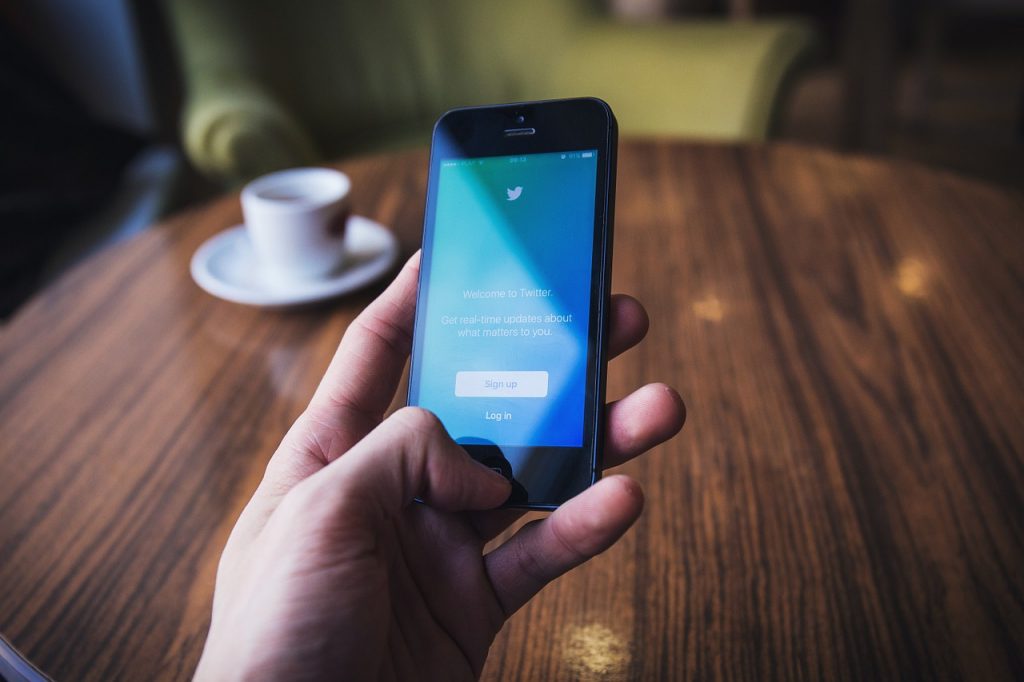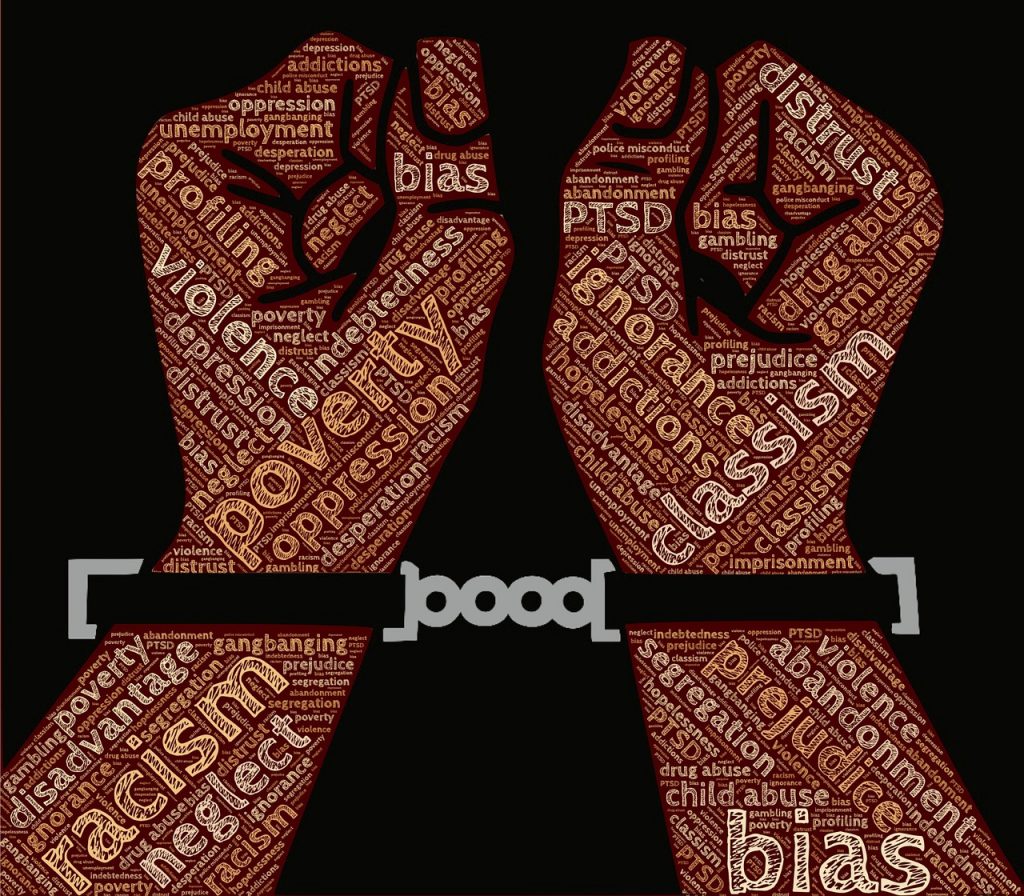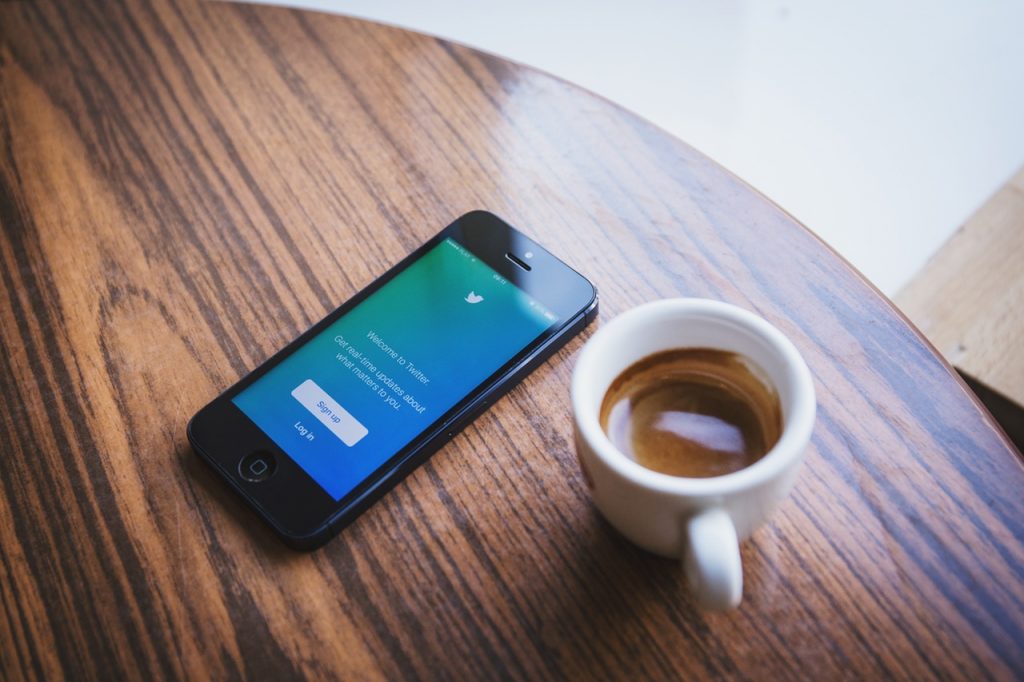Twitter Pressured to Fight Online Harassment After Jones Incident

image credit: unsplash via pixabay.com
Ghostbusters movie star and Hollywood comedian Leslie Jones was the latest casualty of Twitter abuse after some internet trolls posted ape picture in reference to her appearance. The degrading and offensive tweets were initially brushed aside by Jones but it later on proved to be too much to handle that she frustratingly tweeted on her accounts @lesdogg: “I leave Twitter tonight with tears and a very sad heart. All this ‘cause I did a movie. You can hate the movie but the shit I got today…wrong.”
A horde of celebrities and other Twitter users came to aid Jones after the incident using the hashtag #loveforlesliej. The issue drew a lot of flak not only for the internet trolls but more so for Twitter’s lack of support for Jones. It took a while before CEO Jack Dorsey caught up with the case and from there engaged Jones in a conversation through direct message.

image credit: johnhain via pixabay.com
Not the first case
But this is not the first case that Twitter got tangled in this kind of controversy. Online harassment has been rampant on the platform and one of the biggest cases happened in 2014. During that year, Twitter was swamped with complaints due to the #Gamergate scandal, that led to death threats and even rape threats amongst women online.
Based on that incident, Zoe Quinn a female game designer, and feminist Anita Sarkeesian, were harassed by gamers who took out on them via Twitter and other online platforms. The issue, which originally started as a personal matter involving Quinn, caught fire in the internet gaming forums until it spilled out on social media. The ordeal experienced by the two women went overboard to the point that they feared their safety due to the outrageous threats they have been receiving. In this case, Twitter was accused for not responding immediate on the issue as it wouldn’t have grown had they intervened.
In a report from Business Insider, out of the 134,000 abuses they’ve noted online, 88 percent happen on Twitter. Only 8 percent occur on Facebook, 3 percent on forums, and 1 percent on blogs.
It was also in 2014 when the PEW Research Center released some findings with regards to online harassment. According to the report, 73 percent of adults have seen someone get harassed online while 40 percent have experienced online harassment themselves. The report further adds the following:
“Those who witnessed harassment said they had seen at least one of the following occur to others online:
- 60% of internet users said they had witnessed someone being called offensive names
- 53% had seen efforts to purposefully embarrass someone
- 25% had seen someone being physically threatened
- 24% witnessed someone being harassed for a sustained period of time
- 19% said they witnessed someone being sexually harassed
- 18% said they had seen someone be stalked
“Those who have personally experienced online harassment said they were the target of at least one of the following online:
- 27% of internet users have been called offensive names
- 22% have had someone try to purposefully embarrass them
- 8% have been physically threatened
- 8% have been stalked
- 7% have been harassed for a sustained period
- 6% have been sexually harassed
The report underscored that young female adults were at most, vulnerable from online abuse and harassment. The full report can be seen here.

image credit: freestocks.org via pexels.com
Jones speaks up
After what some believed as her departure from Twitter, (of which she later on stated that she never left the platform), Jones broke her silence once again and spoke only about the abuse she had experienced. She was quoted saying that hate speech is not the same as freedom of speech.
In one of her interviews on a television show, jones affirmed that Twitter CEO Jack Dorsey sought her help in order to permanently ban some Twitter users involved in her case. One of the now banned Twitter accounts belonged to Conservative blogger, Milo Yiannopoulos, of which some already claimed that the ban was long overdue.
The issue also put a lot of pressure on Twitter once again, to find ways in mitigating harassment and abuse occurring on their platform. Out of more than 300 million users, Twitter has only 187,000 verified users. That’s only around 6 percent of the overall users on Twitter.
Twitter intends to make the platform more secure, especially that users continue to decline. But they have to act fast if they want to save what’s left of their social media empire.